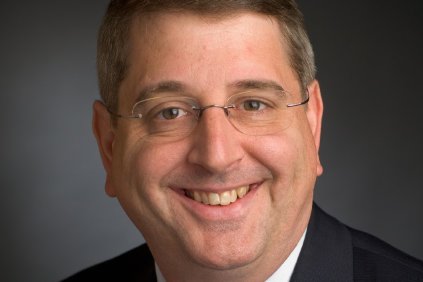Patients with residual disease after neoadjuvant chemotherapy and surgery for breast cancer had a 60%-280% increased risk for locoregional recurrence, compared with patients with a pathologic complete response, an analysis of data from 12 large clinical trials found.
Investigators analyzed data on 11,955 patients with stage I-III breast cancer who underwent neoadjuvant chemotherapy in studies with long-term follow-up and information on complete pathologic response (no residual cancer in the breast and no cancer in the axillary lymph nodes after surgery). They included 5,252 patients in a multivariate analysis of predictors of locoregional recurrence a median of 5 years after treatment.
Overall, the likelihood of locoregional recurrence was low – less than 10%. Locoregional recurrence was seen in 5.5% of patients with a complete pathologic response to neoadjuvant chemotherapy and in 7.1% of patients without a complete response, a significant 60% increase in risk without a complete response, Dr. Eleftherios Mamounas reported in a press briefing held in advance of the breast cancer symposium sponsored by the American Society of Clinical Oncology.
Patients with residual cancer in the breast after surgery had a 60% higher risk for locoregional recurrence, and patients with residual cancer in the axillary lymph nodes had a 280% increased risk for locoregional recurrence, compared with patients who had a complete pathologic response, reported Dr. Mamounas, professor of surgery at the University of Central Florida, and medical director of the comprehensive breast program at the University of Florida Health Cancer Center, both in Orlando.
Breast cancer subtypes remained independent predictors of locoregional recurrence, regardless of whether patients had a pathologic complete response or not. The cancer recurred locally or regionally in 4% of patients with hormone receptor–positive, human epidermal growth factor receptor 2–negative (HR+/HER2–) grade 1 or 2 cancer, 9% of patients with HR+/HER2– grade 3 cancer, 15% of patients with HR–/HER2+ cancer, 10% of patients with HR+/HER2+ cancer, and 12% of patients with HR–/HER2– cancer (also known as hormone receptor–negative or triple-negative breast cancer).
Those rates would be different today because of more effective treatments for HER2+ breast cancer, he noted.
"For all breast cancer subtypes except for HR+/HER2– grade 1 and 2, there was a progressive increase in the locoregional recurrence rates with decreasing rates of pathologic complete response," he said. In other words, recurrence rates went from highest to lowest in patients "having positive nodes, versus having residual disease in the breast with negative nodes, versus having complete pathologic response," he explained.
Among patients with triple-negative cancer, for example, locoregional recurrence rates went from 6.2% in those with a complete response to 11.9% in patients with residual cancer in the breast but not lymph nodes and 22.1% in those who had positive nodes after treatment.
A pathologic complete response predicted lower locoregional recurrence rates with the various cancer subtypes, regardless of whether the patient underwent lumpectomy or mastectomy, he said.
Based on these results and previously published studies, "we have a lot of evidence that pathologic complete response is predictive of outcome, both in terms of systemic recurrence and also in terms of local recurrence," Dr. Mamounas commented. A previous meta-analysis that reported conflicting results for systemic recurrence "did not quite confirm that an incremental increase in pathologic complete response will improve overall survival, but there are a lot of technical issues if you look at the different studies that were included in the meta-analysis. The bar was very high to prove that concept."
Recurrence is less likely after a pathologic complete response in patients with HER2+ breast cancer, triple-negative cancer, or highly proliferative estrogen receptor–positive breast cancer, he said. That may not be the case for patients with estrogen receptor–positive, HER2– grade 1 disease, who do very well regardless, he added.
"Our findings have clinical implications relative to further tailoring the use of adjuvant radiation therapy after neoadjuvant chemotherapy and support the conduct of ongoing clinical trials attempting to tailor locoregional therapy in this setting," Dr. Mamounas said.
Dr. Mamounas reported financial associations with Genomic Health, GE Healthcare, Celgene, Pfizer, Eisai, and Genentech/Roche. Some of his coinvestigators reported associations with multiple companies.
On Twitter @sherryboschert



